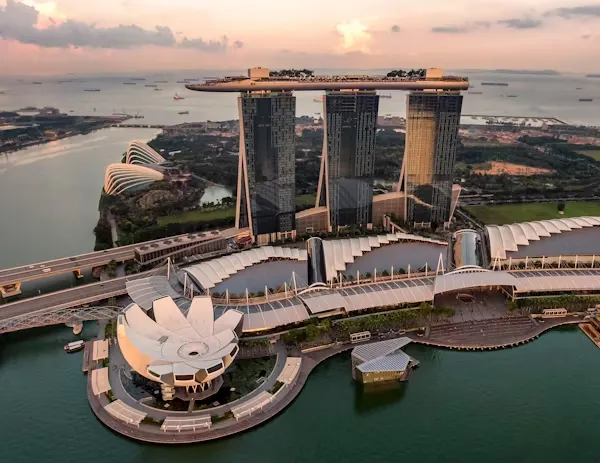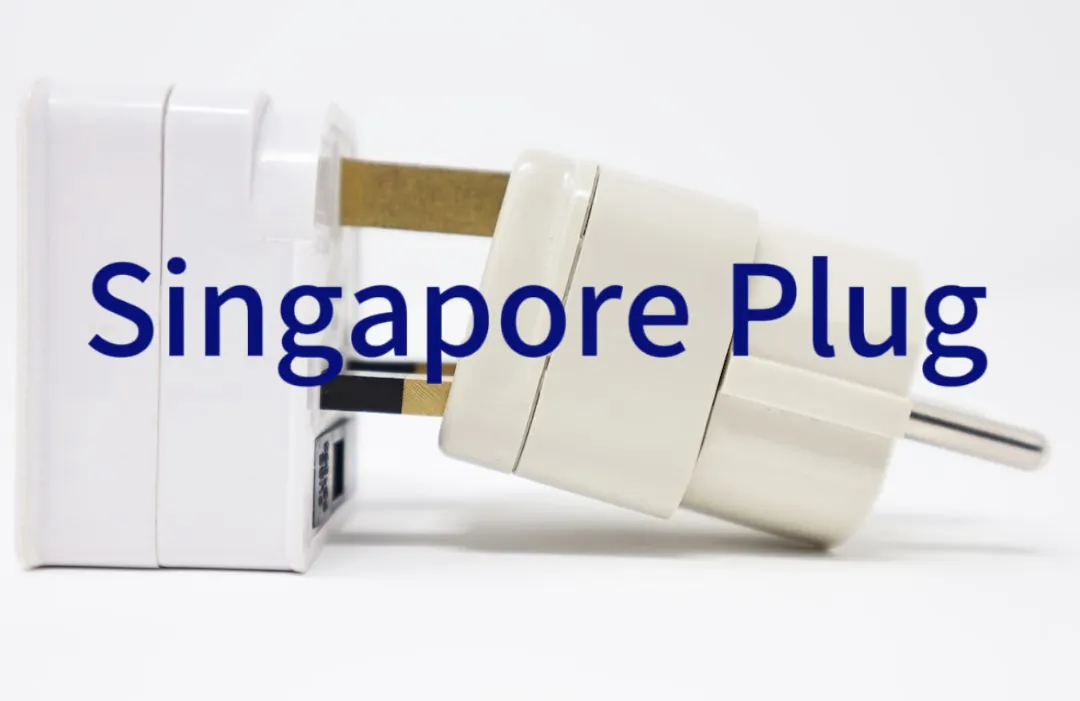
Planning a trip to Singapore?😁 As a savvy traveler, you probably know the importance of knowing clearly about a destination’s power plug types and electricity standards. This guide will walk you through everything you need to know about Singapore’s plug type, voltage, and frequency, plus tips on adapters and converters to keep your devices charged and ready throughout your stay.
Singapore Plug Type
In Singapore, the most commonly used plug type is the Type G plug, which is the same as in the United Kingdom. Type G plugs have three rectangular prongs in a triangular pattern. They’re typically used for larger voltage devices, and this plug type is widely compatible with most international gadgets.
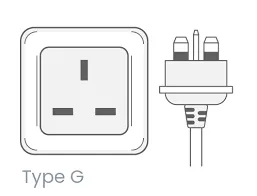
Source: World Power Plugs
If you’re coming from countries like the UK, Hong Kong, or Malaysia, you’ll likely already have devices with Type G plugs, so there’s no need to worry about bringing any extra equipment. However, travelers from North America, Europe (excluding the UK and Ireland), and parts of Asia will need an adapter to fit this plug type.
Singapore Power Plug Voltage and Frequency
Singapore operates on a standard voltage of 230V with a frequency of 50Hz. This is important because plug compatibility alone doesn’t guarantee your device will work safely. If your devices are designed for 100V (like in Japan) or 110V (like in the US), plugging them directly into a Singapore socket could result in damage.
Most modern electronics (such as smartphones, laptops, and cameras) are designed to handle a voltage range of 100-240V, meaning they can safely work in Singapore without a voltage converter. But, if your device only supports a lower voltage (like 100-120V), you’ll need a voltage converter.
Singapore Plug: Adapters and Converters for Traveling in Singapore
To ensure your devices work seamlessly, consider whether you’ll need both an adapter and a converter:
💙Adapters allow your device’s plug to fit into the Type G sockets in Singapore. They don’t alter the voltage.
💗Converters are needed when your device’s voltage doesn’t match Singapore’s 230V standard. They convert the voltage to make it safe for your device.
Make sure to check the labels on your devices before you go. If it reads “Input: 100-240V, 50/60Hz,” it’s dual-voltage and you’ll only need an adapter, not a converter.
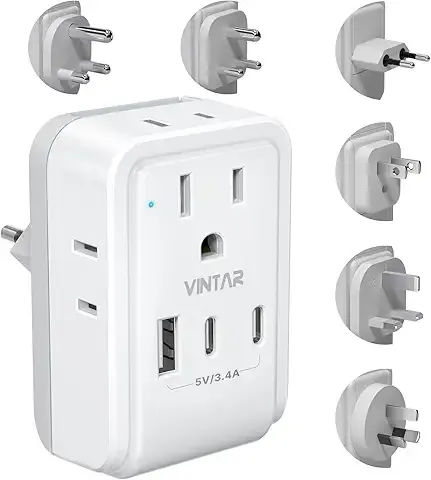
Source: Amazon
Do You Need a Travel Adapter or a Voltage Converter in Singapore?
In short, if your devices use anything other than Type G plugs, you will need a travel adapter to charge them in Singapore. These adapters are small, affordable, and widely available online or at travel stores. Look for adapters that include multiple plug types if you’re visiting other countries in the region, such as Malaysia or Thailand.
If you’re traveling with hair dryers, straighteners, or other small appliances that are typically single-voltage, check if they support 230V input. If not, you’ll need a voltage converter. This is especially important because single-voltage appliances tend to be more sensitive to power differences and could break without the right converter.
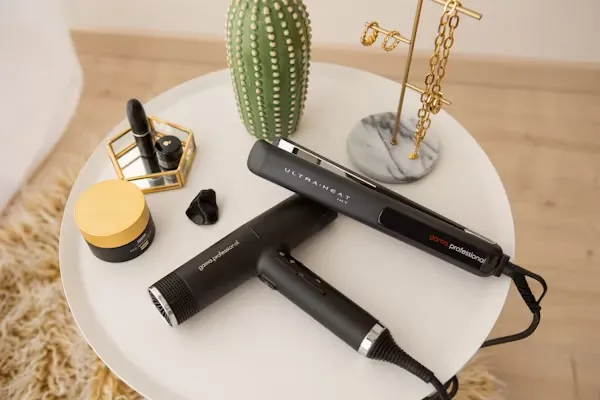
For simplicity and peace of mind, you might consider buying a dual-voltage version of these appliances if you travel frequently, as it’ll save you the trouble of carrying a converter.
How to Use Travel Adapters and Converters
To use an adapter in Singapore, simply plug your device’s plug into the adapter, then plug the adapter into the wall socket. If you’re using a voltage converter, connect it to the wall socket first, then plug your device into the converter. Converters are a bit bulkier, but they’re essential for certain appliances, so it’s best to get a compact, high-quality one.
Where to Buy Singapore Adapters
If you don’t have an adapter or forgot to bring one, don’t worry! Singapore has plenty of options for travelers. You can find adapters at airport shops, electronics stores, and convenience stores around the city. Popular electronics retailers like Challenger, Best Denki, and Harvey Norman carry a wide range of adapters, often with various plug types and USB ports.

Where to Charge Easily in Singapore
Singapore is known for its modern conveniences, so you’ll find charging stations in most public areas, including airports, shopping malls, cafes, and libraries. Some cafes and restaurants even offer wireless charging pads, making it easy to keep your phone powered up while you enjoy a meal or coffee break.
For those who want to stay charged on the go, consider carrying a portable power bank, especially if you plan on sightseeing all day. Most places are traveler-friendly and allow guests to use their charging facilities, but having a backup power source can be helpful in case you’re in a rush or far from an outlet.
Global Electrical Standards Overview
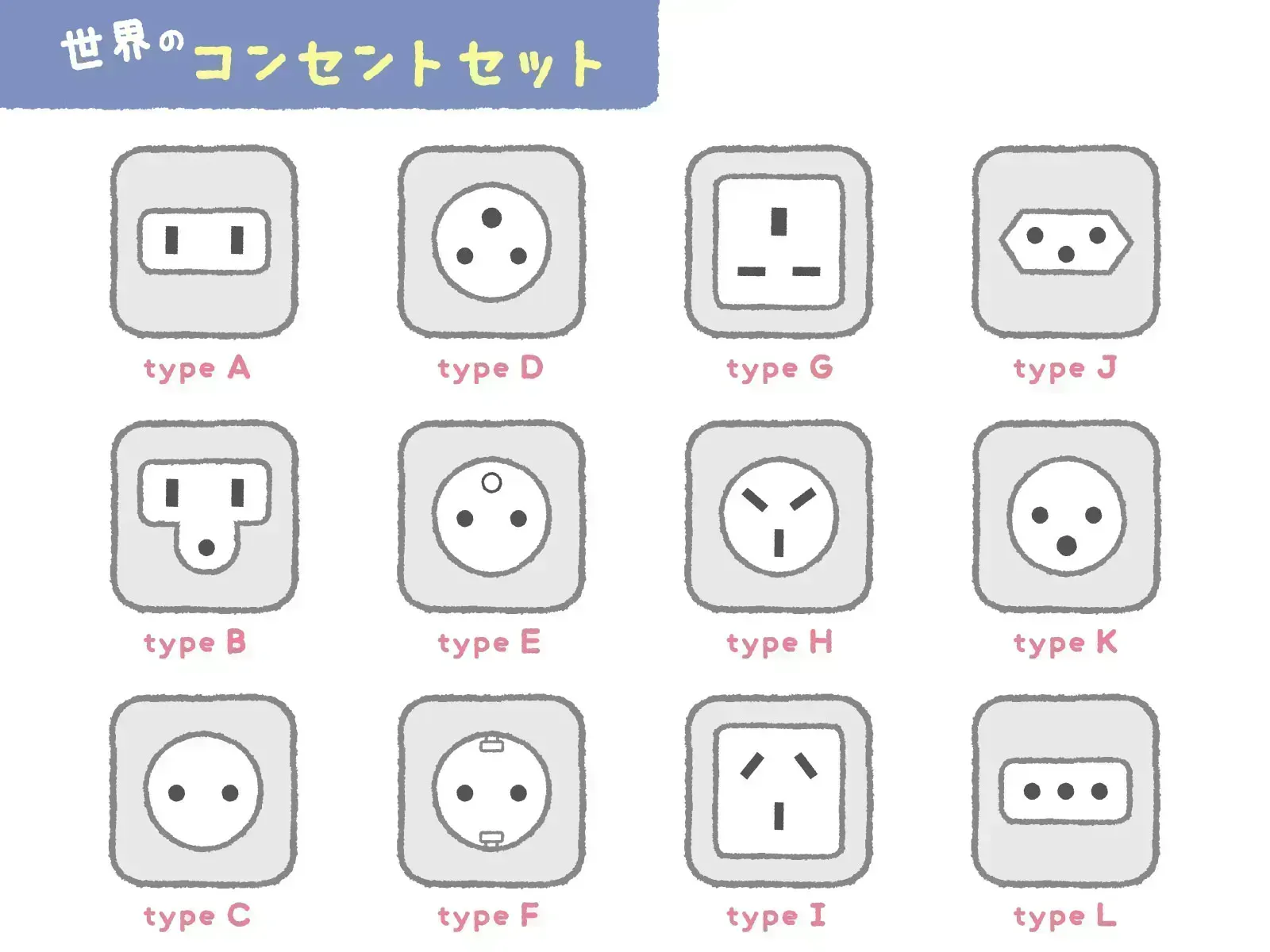
Globally, there are three main electrical standards for devices: 110-120V used primarily in North and Central America, 220-240V prevalent in Europe, Asia, and Oceania, and the dual-voltage system. These standards also differ in frequency, either 50 Hz or 60 Hz, and include a variety of plug types specific to each region. Understanding these differences is essential for safely using electronic devices while traveling internationally.
Asia & Oceania Electrical Standards
| Country | Frequency (Hz) | Voltage (Volts) | Plug Type |
| Australia | 50 | 230 | I |
| China | 50 | 220 | A, C, I |
| China (Hong Kong S.A.R.) | 50 | 220 | G |
| India | 50 | 230 | C, D, M |
| Indonesia | 50 | 230 | C, F |
| Japan | 50 Hz in Eastern Japan & 60 Hz in Western Japan | 100 | A, B |
| Malaysia | 50 | 240 | G |
| New Zealand | 50 | 230 | I |
| Philippines | 60 | 230 | A, B, C |
| Republic of Korea (South Korea) | 60 | 220 | C, F |
| Singapore | 50 | 230 | G |
| China (Taiwan) | 60 | 110 | A, B |
| Thailand | 50 | 220 | A, B, C |
| Vietnam | 50 | 220 | A, C |
North America & South America Electrical Standards
| Country | Frequency (Hz) | Voltage (Volts) | Plug Type |
| Argentina | 50 | 220 | C, I |
| Brazil | 60 | 127/220 | C, N |
| Canada | 60 | 120 | A, B |
| Chile | 50 | 220 | C, L |
| Colombia | 60 | 120 | A, B |
| Mexico | 60 | 127 | A, B |
| Peru | 60 | 220 | A, C |
| USA | 60 | 120 | A, B |
| Venezuela | 60 | 120 | A, B |
Europe Electrical Standards
| Country | Frequency (Hz) | Voltage (Volts) | Plug Type |
| France | 50 | 230 | C, E |
| Germany | 50 | 230 | C, F |
| Italy | 50 | 230 | C, F, L |
| Russia | 50 | 230 | C, F |
| Spain | 50 | 230 | C, F |
| United Kingdom | 50 | 230 | G |
Oceania Electrical Standards
| Country | Frequency (Hz) | Voltage (Volts) | Plug Type |
| Australia | 50 | 230 | I |
| Fiji | 50 | 240 | I |
| New Zealand | 50 | 230 | I |
Tips for Traveling in Singapore
Here are a few quick tips to keep in mind for an enjoyable and hassle-free trip:
😃Bring a power bank: You may find outlets easily, but a power bank keeps you going without pause.
💗Check for dual-voltage gadgets: Save space and avoid heavy converters by bringing dual-voltage devices.
💓Look for adapters with USB ports: They’re perfect for charging multiple devices at once.
💙Remember your Type G adapter: It’s a must-have if you’re coming from outside the UK or other Type G countries.
Final Thoughts
Traveling to Singapore is a breeze when you’re well-prepared with the right plug adapters and voltage converters. With just a little planning, you can keep all your devices charged and ready to go. Enjoy exploring Singapore, a city known for its stunning mix of culture, modernity, and convenience – and rest easy knowing that your power needs are all set!
